Eating healthily as old as a Greek legend – but there’s something very true today about what a sensible diet can do for painful RA
Table of contents
Arthritis is a devastating condition and does not discriminate in terms of age, gender or ethnic origin. Anyone can be a target. It causes constant pain, stiffness and swelling in the joints and surrounding tissues. Those places in the body where bones come together – the knees, wrists, fingers, toes, and hips. The two most common types of arthritis are osteoarthritis and rheumatoid arthritis.
Osteoarthritis develops in joints with overuse while rheumatoid arthritis is an auto-immune disease, which means your immune system attacks your joints.
There are however many foods that can ease inflammation and may help relieve pain. In fact, one survey found that a quarter of those with rheumatoid arthritis said that their diet significantly reduced the severity of their symptoms.
Whilst there’s a thumbs up to green leafy vegetables, what you should be avoiding are red meats, processed foods, fried foods, sugar, refined flour, gluten, dairy products and of course anything with alcohol in it. Some, however, would extol the benefits of red wine consumed in moderation because it contains the compound resveratrol, with its well-established anti-inflammatory effects.
Using probiotics
Then there’s probiotics, which are thought to promote health by giving a boost to the so called ‘good bacteria’ that live in the gut – microbiota. Probiotics are present in or added to foods like certain yogurts, kefir, sauerkraut, tempeh, kimchi and kombucha. Then of course there are probiotic dietary supplements available in liquid capsule, powder, tablet and other forms. The jury is still out however as to the extent that these man made formulas do actually benefit us long term, although there are an awful lot of companies making a fortune from flooding the consumer market with them.
They seem to work in three ways: by maintaining a balance between the ‘good’ and ‘bad’ bacteria in the body; reducing the bad, which cause infections and illnesses and by topping up the good bacteria that are lost often after illness or from a course of antibiotics.
“People with inflammatory arthritis have been shown to have inflammation of the intestinal tract, which results in increased intestinal permeability,” says nutritional expert Sonya Angelone at the US Academy of Nutrition and Dietetics. “Probiotics may be able to help decrease the inflammation associated with increased intestinal permeability,” she says.
Best foods for RA sufferers
Here’s the Top 10 of the best foods to include in your diet if you have rheumatoid arthritis…
Oily Fish
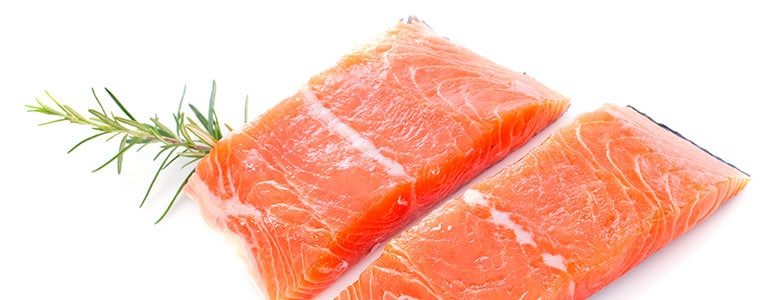
Salmon, mackerel, sardines and trout are high in omega-3 fatty acids, which have been shown to have potent anti-inflammatory effects. Omega-3 supplements decrease joint pain intensity, morning stiffness, the number of painful joints and use of pain relievers in patients with rheumatoid arthritis.
Fish is also a good source of vitamin D, which can help prevent deficiency. Multiple studies have found that rheumatoid arthritis may be associated with low levels of vitamin D, which could contribute to symptoms.
Tumeric
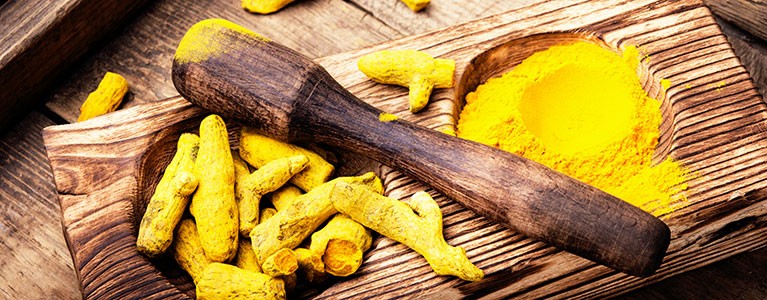
Many rheumatoid arthritis suffers search for homeopathic options. One supplement that has been used to treat arthritis for millennia is turmeric, that golden-coloured spice commonly used in curries. Turmeric contains a chemical called curcumin, and scientists believe that this chemical may have anti-inflammatory properties.
Garlic

It’s packed with health benefits. It’s been proven that garlic and its components have been shown to have cancer-fighting properties. They also contain compounds that may lower the risk of heart disease and dementia. For RA patients, garlic has been shown to have an anti-inflammatory effect that may help decrease symptoms of arthritis. Other research further and has shown that garlic may enhance the function of certain immune cells to help strengthen the immune system.
Ginger
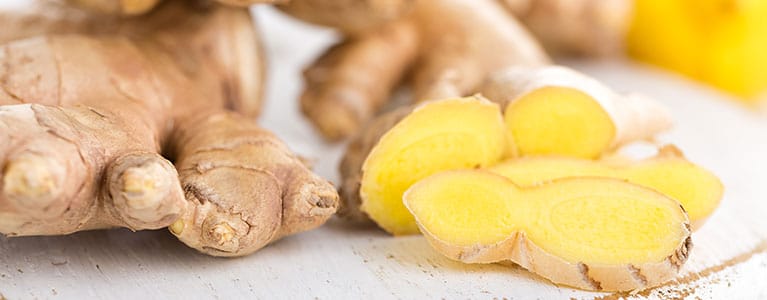
Besides giving a boost of flavour to teas, soups and sweets, ginger may also help ease the symptoms of arthritis. One study found that ginger and its components blocked the production of substances that promote inflammation in the body. Consuming ginger in fresh, powdered or dried form may reduce inflammation and aid in reducing symptoms of arthritis.
Broccoli

It’s widely appreciated that broccoli is one of the healthiest foods out there. In fact, its strongly believed to be associated with reduced inflammation. Broccoli has been associated with reduced inflammation. It also contains sulforaphane, which may have anti-inflammatory properties, according to test-tube studies. More research is needed to look at the effects of broccoli in humans.
Walnuts
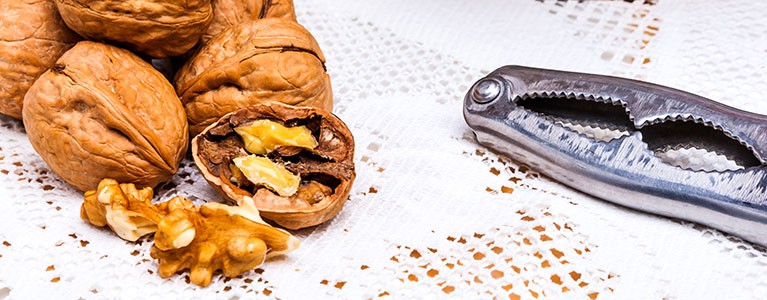
Never say nuts to these. They’re nutrient-dense and just packed with compounds that can help reduce the inflammation associated with joint disease. Analysis has shown that eating walnuts is associated with reduced markers of inflammation. They’re also especially high in omega-3 fatty acids, which have been shown to decrease the symptoms of rheumatoid arthritis.
Berries

They have loads of antioxidants, vitamins and minerals, which may part account for their unique ability to decrease inflammation. For example, those having two servings of strawberries a week are 14 percent less likely to have an elevated level of inflammatory markers in the blood. Berries are rich in quercetin and rutin -two plant compounds that boast a huge number of benefits for your health.
Spinach and other Leafy Greens
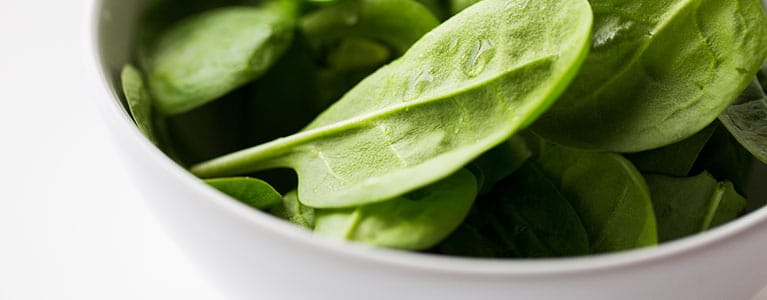
These are full of nutrients and some of their components are said to help decrease inflammation caused by arthritis. Several studies have found that a higher intake of fruit and vegetables is linked to lower levels of inflammation. Spinach, in particular, contains the antioxidant kaempferol which has been shown to decrease the effects of the inflammatory agents associated with rheumatoid arthritis.
Grapes

Nutrient-dense, high in antioxidants and they also have anti-inflammatory properties. Resveratrol is an antioxidant present in the skin of grapes. In one study, resveratrol showed potential for helping prevent the thickening of the joints associated with arthritis by blocking the formation of rheumatoid arthritis cells. Grapes also contain a plant compound called proanthocyanidin. Its extract reduces inflammation related to RA.
Olive Oil
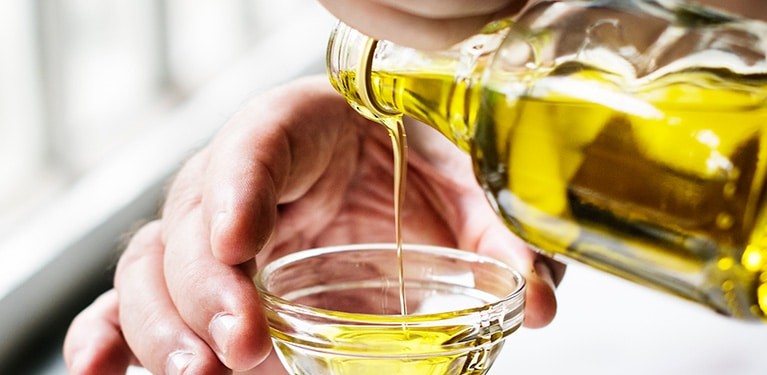
Well recognised for its anti-inflammatory properties, olive oil can have beneficial effect on arthritis symptoms. Rheumatoid arthritis patients who consumed either a fish oil or an olive oil capsule each day for 24 weeks showed a near 40 percent decrease in symptoms in the olive oil group and 55 percent in the fish oil group. In a study of over 300 olive oil consumption was associated with a lower risk of RA.
The bottom line is that, when it comes down to what you eat, the right diet can play a major role in rheumatoid arthritis severity and symptoms. Many of the above foodstuffs combine what has become popularly known as the Mediterranean diet.
For many years the Mediterranean diet has been proven to help prevent heart disease and some forms of cancer. Now it’s discovered that it may also reduce the pain and swelling of joints stricken with rheumatoid arthritis – although its relief benefits may not begin to show for six weeks from start, studies have shown.
Significant improvements
However, three months down the line significant improvements were reported by the majority of the 26 arthritic patients in the US who followed a well-supervised Mediterranean diet regime. The diet includes olive and canola oils as the primary dietary sources of fat, along with plenty of fish, poultry produce and legumes – peas and beans – say researchers. By way of comparison, no relief was reported by another group of 25 patients who followed a typical Western diet. In addition to being provided with meals, the patients on the Mediterranean diet also received nutritional counselling on how to cook more healthfully. By the end of the study, they’d lost an average of seven pounds.
Meanwhile, those on a diet richer in dairy foods and red meat – typical in Europe and Scandinavia, as well as in the States of course – also received prepared meals but no counselling. They lost no weight and reported no measurable relief of symptoms. None of the study participants in either group had previously encountered the Mediterranean, or even a vegetarian-based, diet.
Benefits typical among Greeks
Their findings, published in the Annals of Rheumatic Diseases, clearly identify that arthritis relief may result from this eating plan, so typical among the inhabitants of many of the Greek isles. Meanwhile, University of Buffalo researchers found that mice fed high doses of fish oil and vitamin E had reduced levels of a specific protein that causes joint swelling and pain. Greek investigative scientists themselves found that a similar Mediterranean diet reduced the onset of rheumatoid arthritis by nearly three-fold – that’s compared with those who ate less olive oil and fewer fruits and vegetables.
So, it seems, the ingredients in these key cooking oils may be the key to pain relief. In addition to being good sources of heart-healthy fats, olive and canola oils are rich in oleic acid and vitamin E. Like vitamin E, oleic acid has an anti-inflammatory effect and is thought to reduce inflammatory protein levels.
Reduced disease risk
The fish eaten by the study participants in Greece didn’t have the same high levels of omega-3 and omega-6 fatty acids found in cold-water fish such as salmon, mackerel, and others associated with a reduced risk of heart disease and other conditions. Importantly, however, the nutrients in these oils may have a similar anti-inflammatory effect. And like green leaf veg, they’re also good sources of other antioxidant phytochemicals believed to reduce inflammation and inhibit tissue damage. The other foods in the diet research – legumes, poultry and cereals – are low in fat, which may further reduce inflammation.
The upshot of these dietary interventions show that a Mediterranean diet suppresses disease activity in patients who have stable and modestly active rheumatoid arthritis. Therefore, by eating a Mediterranean diet for three months, patients with RA can obtain better physical function and increase their activity. In theory, even a minor good effect that is persistent and accumulates over time is welcome. So why not try it? You may have nothing to lose but your waistline!
